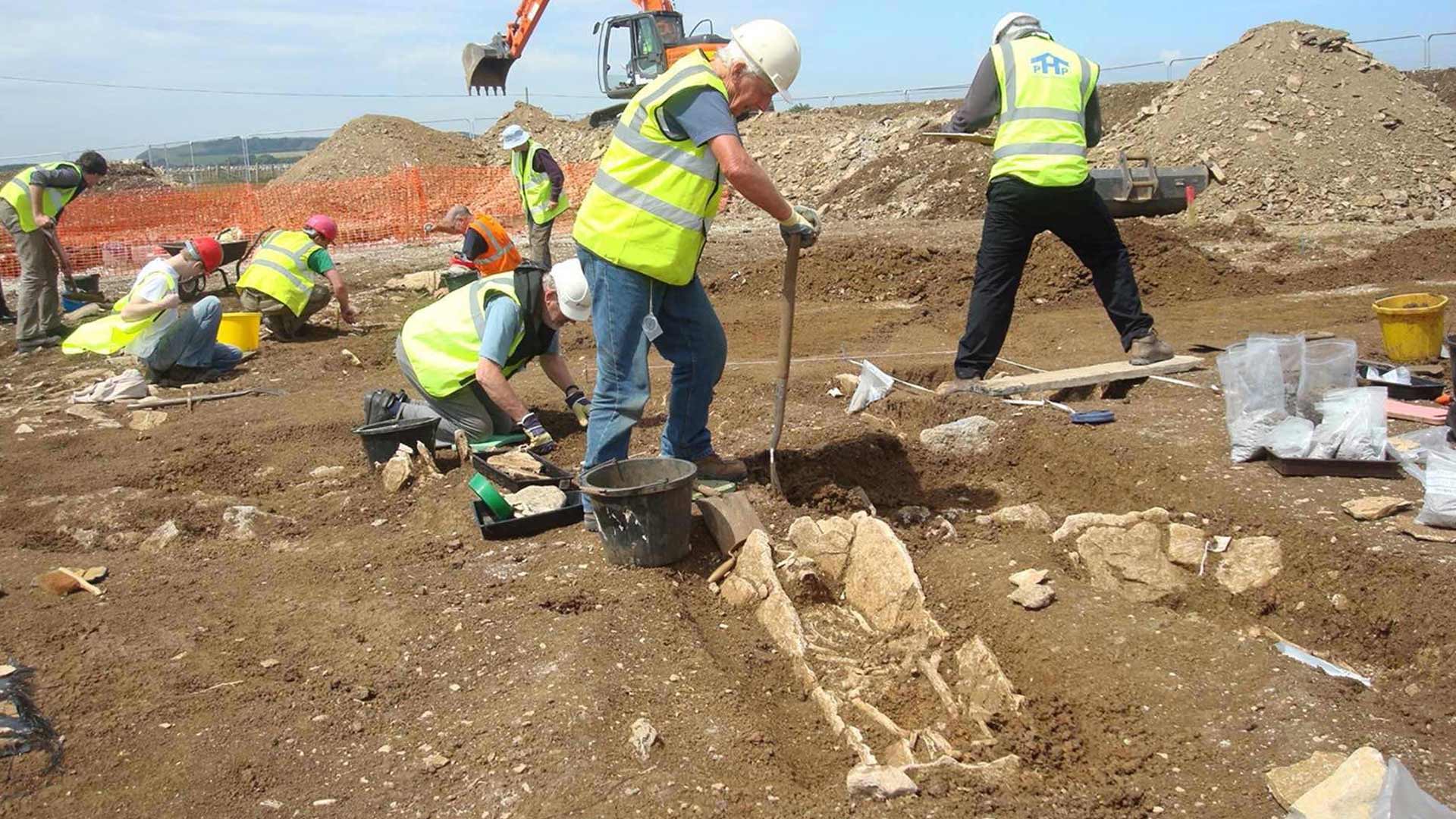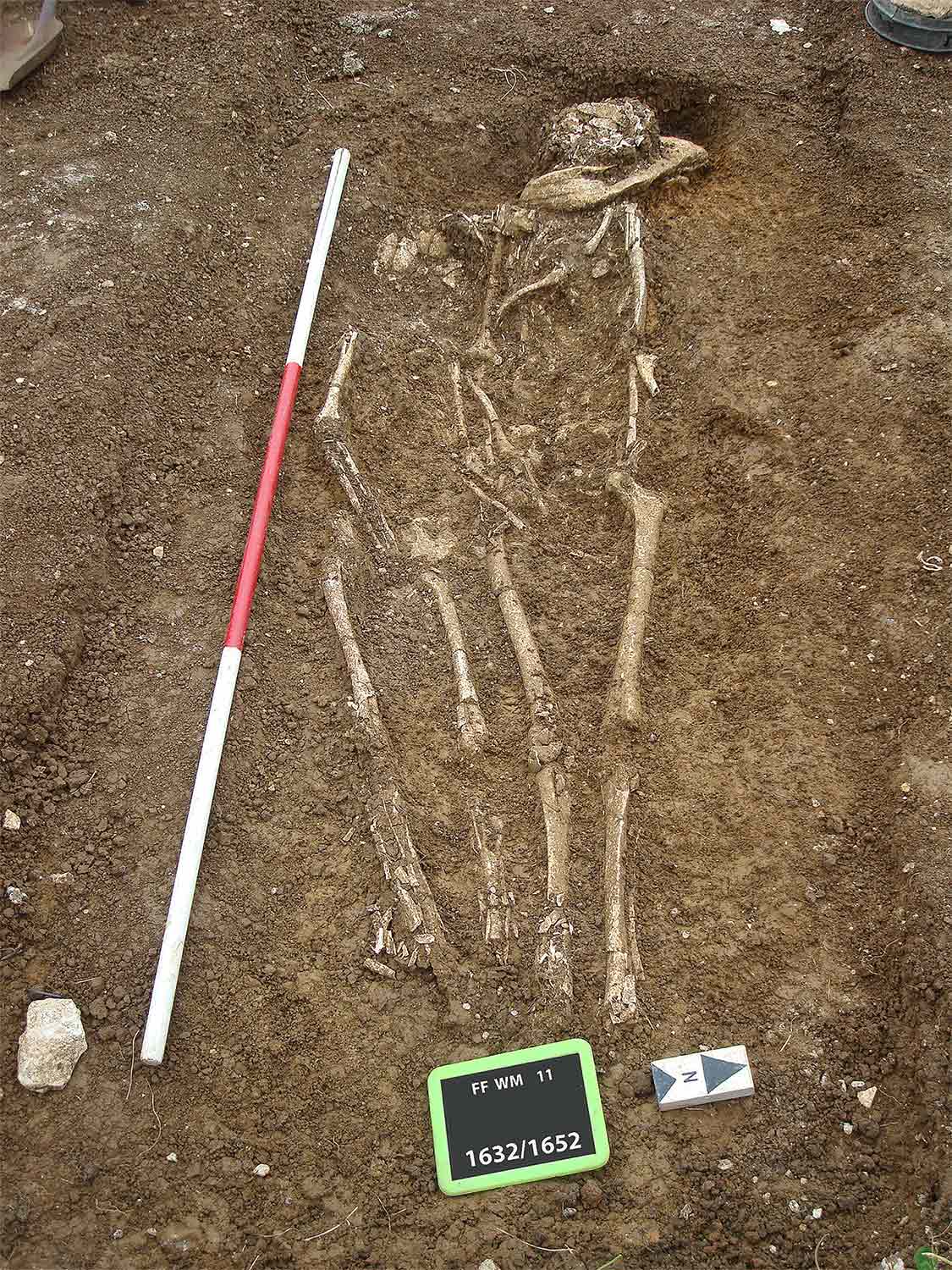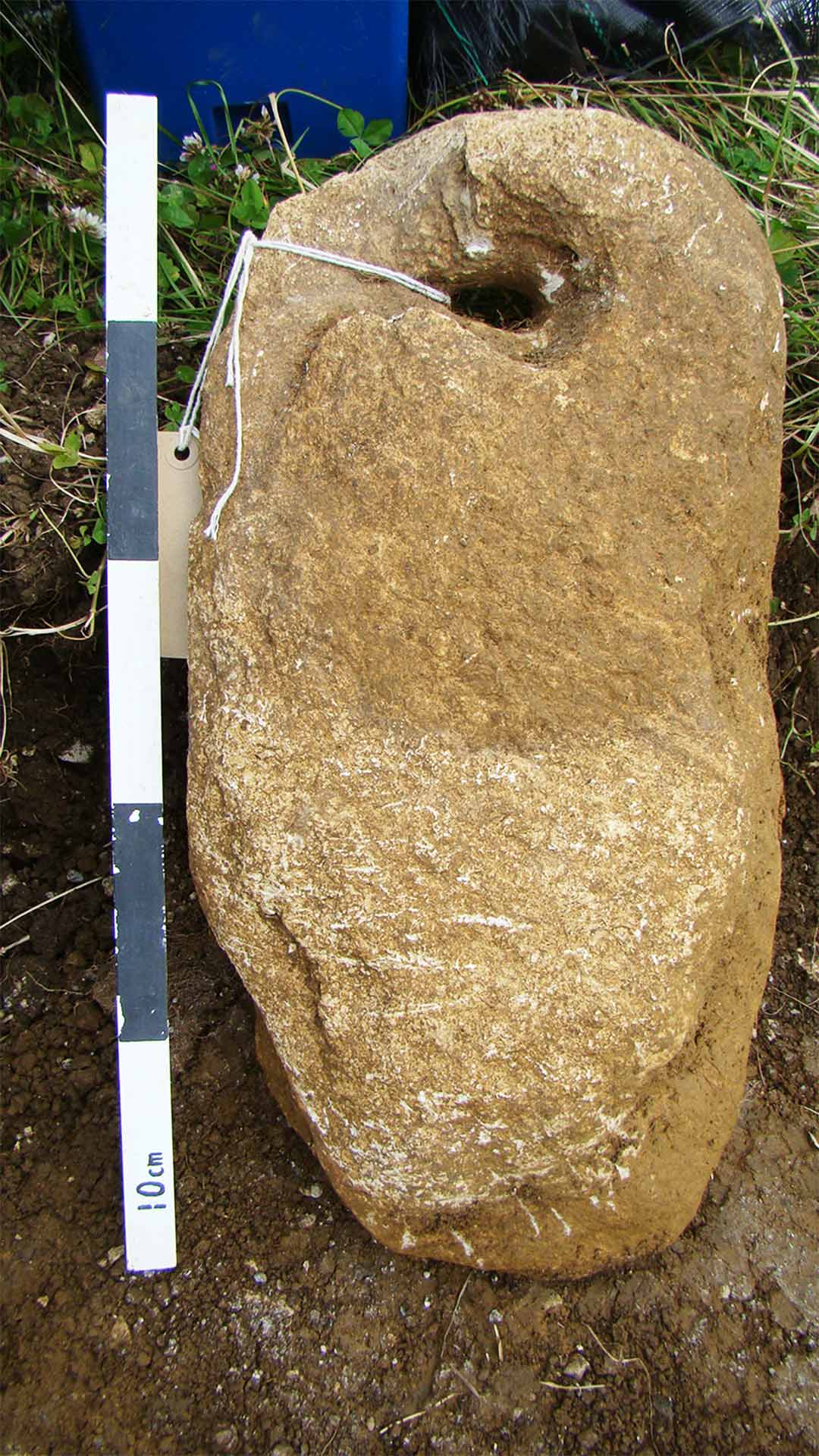Ancient DNA analysis reveals West African ancestry in early medieval England

The University’s Archaeogenetics Research Group has played a key role in a study of ancient DNA from seventh-century AD cemeteries on the south coast of England that has uncovered West African ancestry.
To shed more light on migration in early medieval Europe, genetic researchers in Huddersfield collaborated with researchers from several universities to perform ancient DNA analysis on individuals buried at two seventh-century AD cemeteries on England’s south coast: Worth Matravers in Dorset and Updown in Kent.
The results are now published in two articles in the leading archaeology journal Antiquity - one on each cemetery. The articles are Ancient genomes reveal cosmopolitan ancestry and maternal kinship patterns at post-Roman Worth Matravers, Dorset and West African ancestry in seventh-century England: two individuals from Kent and Dorset.
The University’s Archaeogenetics Research Group, part of the School of Applied Sciences, is made up of lead academics Professor Martin Richards, Dr Maria Pala and Dr Ceiridwen Edwards, with Dr Edwards the lead author of the article on Worth Matravers.
“Migration and its direction, scale and impact have been much debated in European archaeology,” state the authors. “Archaeogenetic research can now provide new insight, even identifying individual migrants.”
First evidence
While the majority of the individuals buried at the two cemeteries had either northern European or western British and Irish ancestry, which were both prevalent in England at the time, one person at each cemetery had a recent ancestor from West Africa – the first evidence for genetic connections between Britain and Africa during the Early Middle Ages.
In each individual, their mitochondrial DNA (inherited from the mother) was northern European, but the autosomal DNA (from both parents) showed clear signs of non-European ancestry with affinity to present-day Yoruba, Mende, Mandenka, and Esan groups from sub-Saharan West Africa.
This indicates that both individuals had genetically and geographically mixed descent, in contrast to the rest of the people buried at the cemeteries. Further investigation suggests that they each had one paternal grandparent from West Africa.

“Dorset sat on the fringes of continental influence at this time”, commented Dr Edwards. “The archaeological evidence suggests a marked and notable cultural divide between Dorset and areas to the west, and the Anglo-Saxon-influenced areas to the east.”
“Kent has always been a conduit for influence from the adjacent continent, and this was particularly marked in the sixth century – what might be termed Kent’s ‘Frankish Phase’”, commented lead author of the Updown article, Professor Duncan Sayer from the University of Lancashire. “Updown is also located near to the royal centre of Finglesham, indicating that these connections were part of a wider royal network.”
New dimension
In both cases, the fact that both individuals were buried as typical members of their communities indicates that they were valued locally. The individual at Worth Matravers was buried alongside a male with British ancestry and an anchor made of local limestone, while the Updown grave contained several goods, including a pot possibly imported from Frankish Gaul, and a spoon that could indicate the individual’s Christian faith or connections to the Byzantine Empire. The Updown cemetery was part of Kent’s royal network and these goods point to continental connections at this site.
This research adds a new dimension to the understanding of long-distance movement and demographic interaction involving Britain during the Early Middle Ages.
“Our joint results emphasise the cosmopolitan nature of England in the early medieval period, pointing to a diverse population with far-flung connections who were, nonetheless, fully integrated into the fabric of daily life,” Dr Edwards concluded.

The full team involved in the Worth Matravers paper included researchers from the universities of Huddersfield, Lancashire, Oxford and Bournemouth in the UK, as well as Harvard in the US. Other organisations involved were the East Dorset Antiquarian Society and the Max Planck Institute for Evolutionary Anthropology in Germany.
The three joint first-authors of this paper were PhD students at the University of Huddersfield under the Leverhulme Trust Doctoral Training Programme, which ran from 2015 to 2021.
Four members of the Archaeogenetics Research Group at Huddersfield were also involved with the Updown paper.
Further Information
Photos: Lilian Ladle
Photo caption: 1) Excavation at the post-Roman cemetery at Worth Matravers in Dorset; 2) Human skeletal remains in a double burial at the Worth Matravers cemetery in Dorset; 3) Anchor stone found underneath the head of an older individual buried at Worth Matravers in Dorset.